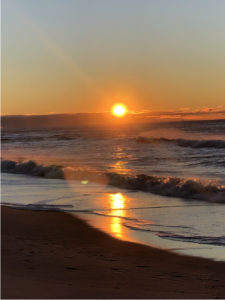

Arched windows in the main bedroom
When shopping for a new home, customers are often looking for those features that offer the “wow factor”. You probably have a wish list for your dream home. That list might include a farm sink or island in the kitchen or dedicated laundry upstairs. A real eye-catcher for many home shoppers is the arch-topped window. Personally, I always thought arches add a great deal of character to a room.
I was doing an estimate for a new renovation. The main bedroom had 3 arched windows on an east-facing wall. The customers were clearly in love with them and indicated that the arches had been a significant selling point. What they did not know was that the options for covering this type of opening are limited and expensive. What about covering only the rectangular section to preserve the beauty of the arch? This approach works well in a living area but not so much in your bedroom when the sun wakes you up at 6 on a weekend morning. This was a real concern for those east-facing windows.
If you are planning new construction or a major renovation, you will want to consider the reality of living with your choices. Investigate the covering options, their functionality and expense before you commit to including arched or other specialty shaped windows in your building plans.
